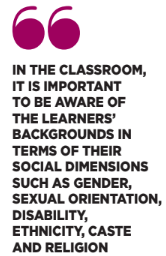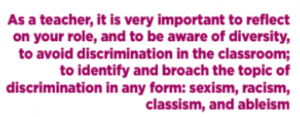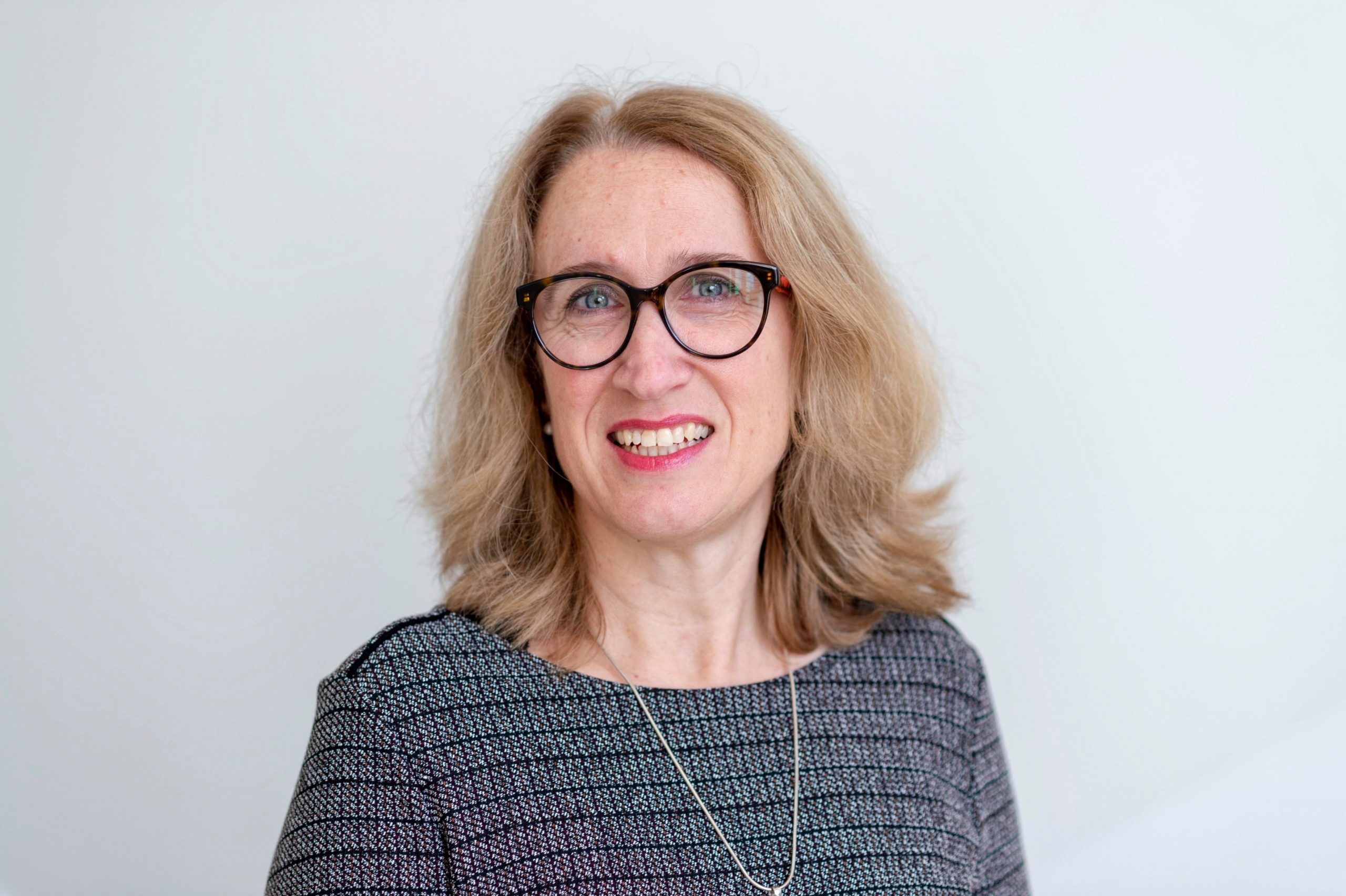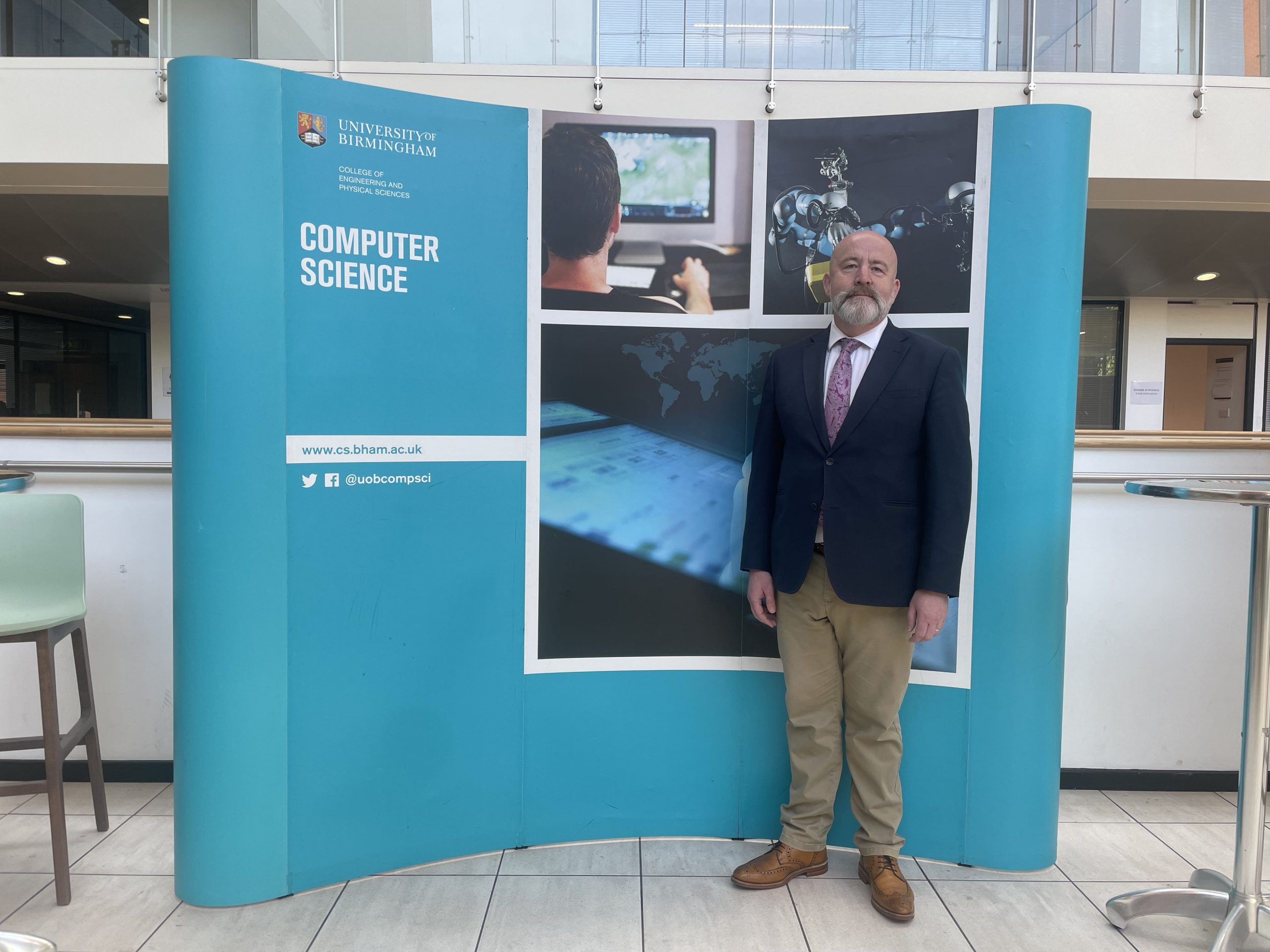Are educational institutions sensitive to gender and diversity? What does it take to create an inclusive classroom? What can we do to increase awareness among teaching professionals? Dr Heike Pantelmann, Managing Director, Internationalisation, Gender and Diversity in Teaching at the Freie Universität Berlin, argues diversity-sensitive teaching is good teaching
Heike Pantelmann
One of the first impressions when coming from Germany to India, and to the beautiful campus of IIT Madras, is the diversity of the student population – the same probably applies to staff and faculty as well. Compared to Germany, India’s diversity is much more complex and multifaceted.
The variety of languages, ethnicities, religions, and as well as castes, adds weight to India’s diverse demography that German Higher Education institutions do not have in the same sense. Broadly speaking, diversity is often seen as an asset. However, to be anti-discriminatory – and this is what a modern, international university wants – diversity has to be “managed”.

 Managing diversity at a university can mean different things. In this context, it refers to managing a diverse student population, aptly reflected in their everyday interactions: preferences and tastes, food choices; the subjects that interest them, and their leisure activities.
Managing diversity at a university can mean different things. In this context, it refers to managing a diverse student population, aptly reflected in their everyday interactions: preferences and tastes, food choices; the subjects that interest them, and their leisure activities.
Faculty are experts in their respective fields, but they are mostly not trained to teach in diverse classrooms. They have to be aware that students come from diverse socio-economic backgrounds (from rural or metropolitan cities) and have different gender identities, and beliefs. They have to factor that in when teaching.
To support good academic teaching, a toolbox on gender and diversity was introduced at the Margherita von Brentano Center for Gender Studies at Freie Universität Berlin. Since its launch in 2016, it has become a renowned platform for the cause. It is available for free in German, English and Spanish, and the team offers workshops for academic teaching in all departments at Freie Universität Berlin.
The toolbox gives insights into sensitive academic teaching – from skills and methods to the sensitive use of language and much more. Moreover, it offers a starter kit for a quick overview of gender and diversity in the German Higher Education system.
The five dimensions that play a significant role in any university are framework (environment), teachers, learners, teaching methods, and – of course – content. The following are suggestions on how to improve academic teaching in a diversity-sensitive way. Framework (environment) relates to questions such as: Does the time of the course collide with family responsibilities? Can everyone in the classroom see and hear well? Is there enough space for everyone? Are classrooms and restrooms easily accessible? Is the room organised in a way that everyone feels comfortable? These questions might seem trivial. However, they influence the learning outcome.
 As a teacher, it is very important to reflect on your role, and to be aware of diversity, to avoid discrimination in the classroom; to identify and broach the topic of discrimination in any form: sexism, racism, classism, and ableism. Teachers serve as role models and set the tone for communication on campus. Therefore, they should be conscious of the language.
As a teacher, it is very important to reflect on your role, and to be aware of diversity, to avoid discrimination in the classroom; to identify and broach the topic of discrimination in any form: sexism, racism, classism, and ableism. Teachers serve as role models and set the tone for communication on campus. Therefore, they should be conscious of the language.
In the classroom, it is important to be aware of the learners’ backgrounds in terms of their social dimensions such as gender, sexual orientation, disability, ethnicity, caste and religion. This helps us address questions such as “Who speaks and in which order?”, “Who gets more time to speak or less?” and “Who is heard?” – not in the acoustic sense but in the sense of who is being heard.
It is also important to encourage students to use diversity-conscious language to avoid peer discrimination and to encourage them to create a diversity-aware organisational culture at the university.
The choice of teaching methods should reflect the diversity of the students. And of course, there shouldn’t just be one method of teaching, so variation is the key. The method you employ should also be accessible by students with disabilities. The use of teaching material (handouts, leaflets, presentations etc) too should be accessible by all. It is often believed that Humanities and Social Sciences are two disciplines that can accommodate gender and diversity in the content being taught. However, other disciplines can do it too.
Addressing issues related to diversity in occupational fields includes not just the assessment of the profession’s emergence and evolution but also the current factors and trends. Likewise, the academic critique of one’s discipline encompasses the history of the discipline and its knowledge production. Applying and using scientific findings might include an assessment of the impact and implications of specific research on the perpetuation or modification of inequalities.
Want to learn more? Check out the toolbox: https://www.genderdiversitylehre.fu-








